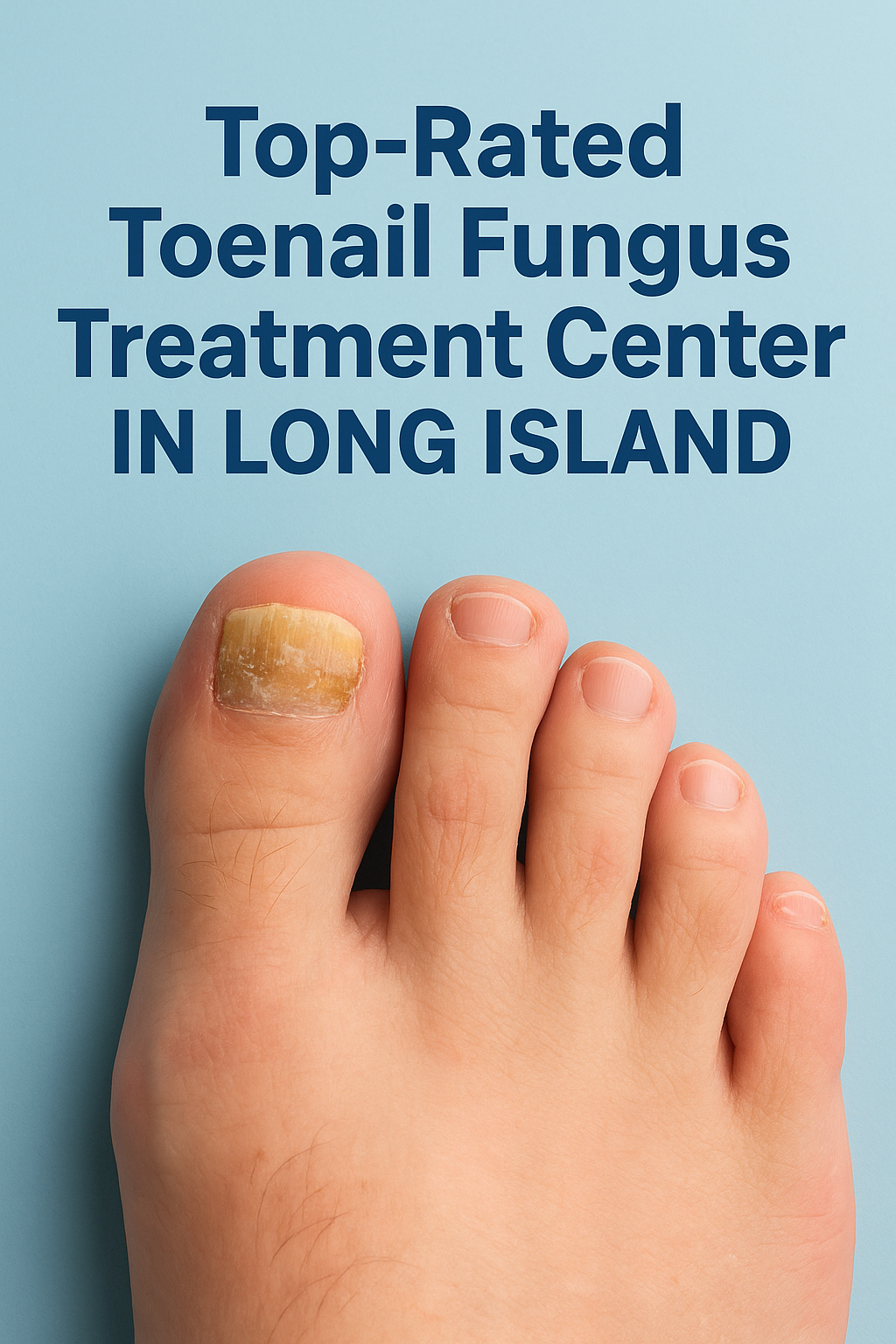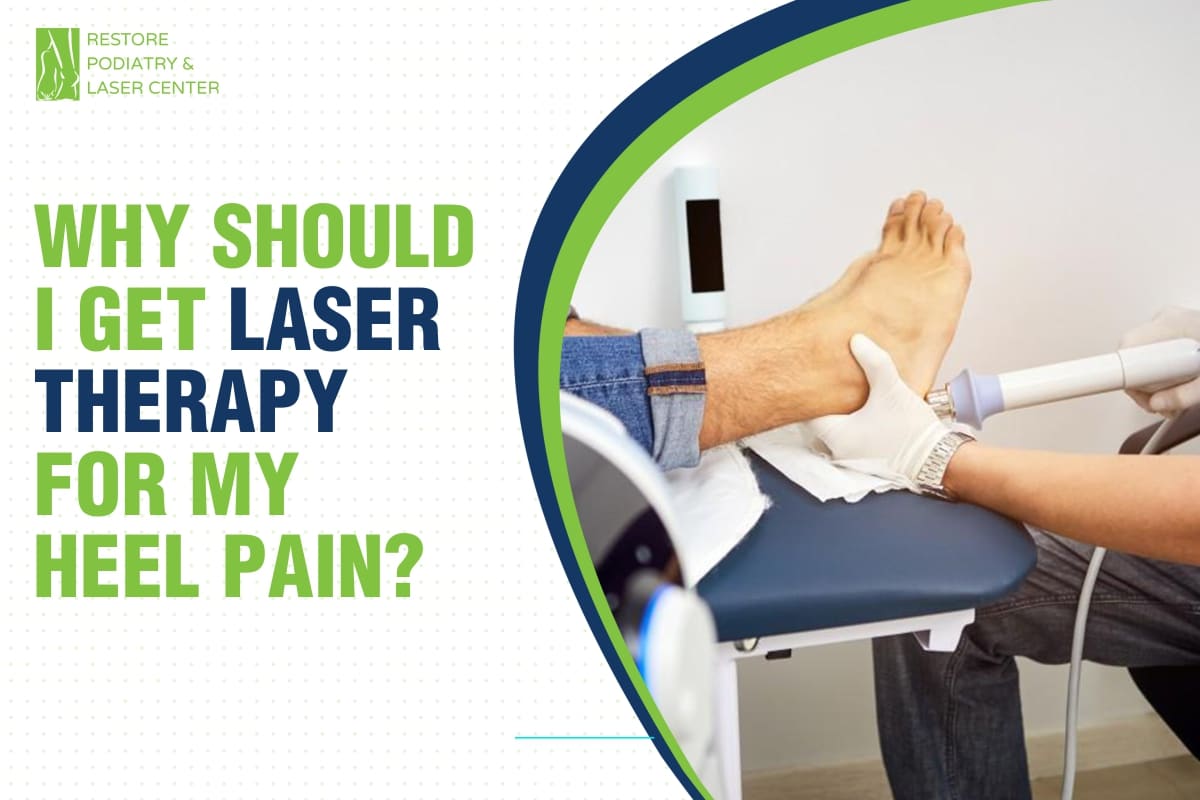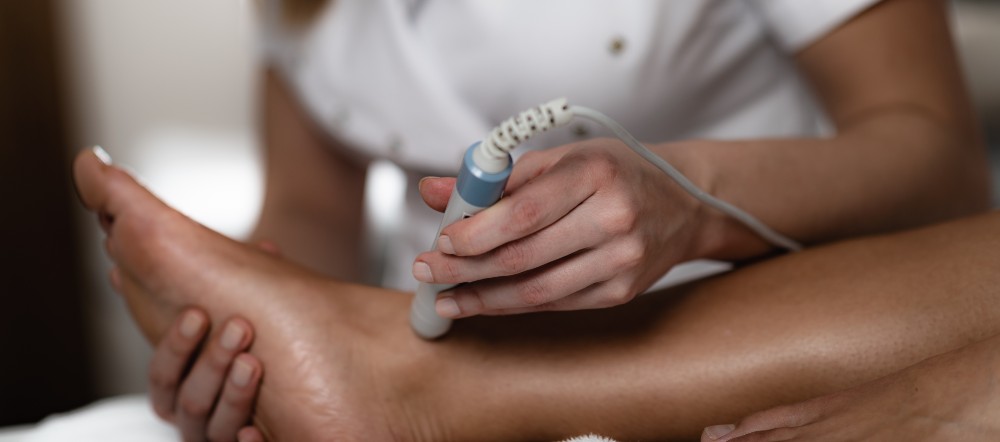

EXCELLENTTrustindex verifies that the original source of the review is Google. If you are suffering from stubborn plantar wart, I highly recommended Dr. Bhela. He made a stubborn plantar wart that I had for 1 year finally gone after 3 months with SWIFT treatment. I highly recommended SWIFT for plantar wart. The staff was amazing and helpful with scheduling. Overall, I had wonderful experience at Restore Podiatry.Posted onTrustindex verifies that the original source of the review is Google. My experience with Dr Behla was great. Very knowledgeable, took care of my issue in one visit. I went to multiple doctors without any progression. Highly recommend him!Posted onTrustindex verifies that the original source of the review is Google. Dr.Bhela is very professional and detailed at getting results. I Had a great experience at Restore Podiatry and Laser center. Stop spending your money with over the counter ointments that just don’t work. For stubborn nail fungus you need to see a professional to rid yourself of it. Hot laser or cold laser is painless and you will definitely see the results you want spend the money the right way the first time around.Posted onTrustindex verifies that the original source of the review is Google. Dr. David Bhela in Hicksville NY , helped reduce my calluses in less than a month! Super professional, kind, and knowledgeable. Highly recommend!Posted onTrustindex verifies that the original source of the review is Google. Dr. Bhela is a great doctor who is very knowledgeable and helpful. He cares for his patients and you will find that out for yourself if you visit him! He has helped me a lot with my feet and I couldn’t be more thankful. He definitely gets my personal recommendationPosted onTrustindex verifies that the original source of the review is Google. Dr.Davinder Bhela clearly explained treatment options and time frame to expect for visits to treat plantar fascia pain and discomfort. He provided top notch care, very good exercise recommendations for improving muscle tone, plus Dr. Bhela is very kind and friendly. I'm very glad to have worked with him for my care and continued health journey.Posted onTrustindex verifies that the original source of the review is Google. Very good service. Friendly staff and very professional. Highly recommend
Are you dealing with persistent heel pain or discomfort caused by plantar fasciitis? If so, laser foot therapy might be the solution you’ve been searching for. This innovative treatment is rapidly gaining popularity among podiatrists and patients alike because it provides fast, effective relief while promoting natural healing.
Laser foot therapy targets the inflamed tissues in the foot, helping to reduce pain, swelling, and stiffness without the need for invasive procedures or long-term medication. Many patients notice improvement after just a few sessions, allowing them to return to daily activities with less discomfort and improved mobility.
Whether your goal is to avoid surgery, limit reliance on painkillers, or simply speed up recovery, laser foot therapy offers a safe and clinically proven alternative. In this article, we’ll explore how laser treatment for plantar fasciitis works, the benefits it offers, and the positive results many plantar fasciitis sufferers have experienced—showing that long-lasting relief is possible.
Plantar fasciitis is one of the most common causes of heel pain, affecting millions of people worldwide each year. This condition develops when the plantar fascia, the thick band of tissue connecting your heel bone to your toes, becomes inflamed, causing sharp pain and discomfort with each step.
While traditional treatments such as physical therapy, orthotics, or medication have long been used to manage plantar fasciitis, plantar fasciitis laser treatment is emerging as a highly effective, modern alternative. During treatment, precisely targeted laser energy penetrates deep into the affected tissues, helping to reduce inflammation, stimulate natural healing, and relieve pain—all without surgery or invasive procedures.
Laser therapy is non-invasive, safe, and virtually painless, making it an ideal option for those looking for long-term relief. Many patients experience noticeable improvement after a few sessions, returning to daily activities with increased comfort and mobility.
Laser foot treatment is a cutting-edge, non-invasive treatment designed to provide fast and effective relief for a variety of foot and ankle conditions. This innovative approach is increasingly sought after by individuals experiencing chronic pain from plantar fasciitis, achilles tendonitis, heel spurs, neuropathy, or those dealing with foot arthritis.
By targeting affected areas with precise laser energy, this laser foot therapy helps to reduce inflammation, alleviate pain, and promote natural healing. Patients often report improved mobility, reduced discomfort, and an overall enhancement in quality of life after completing their sessions.
Whether you suffer from persistent foot pain, swelling, or limited movement, laser foot treatment may be the solution you’ve been looking for. Consulting a qualified specialist can help determine if this safe and non-invasive treatment is the right option to restore comfort and support active living.

Laser therapy is rapidly becoming a preferred non-invasive treatment for plantar fasciitis, providing effective relief for the heel and arch pain caused by this common condition. Laser treatment works by reducing inflammation, decreasing plantar fascia thickness, and promoting tissue repair, all while minimizing damage to surrounding tissues.
Several types of lasers are commonly used in plantar fasciitis therapy, each with unique mechanisms and benefits:
High-Intensity ND:YAG 1064 nm Laser: Penetrates deep tissues to reduce inflammation and stimulate healing.
MLS (Multiwave Locked System) Laser Therapy: Combines multiple wavelengths to target pain and inflammation effectively.
Summus Medical Laser: Offers precise, controlled energy for focused tissue repair.
Remy Laser: Enhances circulation and accelerates recovery while relieving discomfort.
With these advanced laser technologies, patients often experience faster pain relief, improved mobility, and a quicker return to daily activities compared to traditional surgical treatments. Laser therapy is proving to be a safe and effective solution for those seeking non-surgical plantar fasciitis relief.

Heel pain is a common problem that affects millions of people, leading many to explore laser therapy as a treatment option. This advanced therapy uses a concentrated beam of light to target the affected area, helping to reduce inflammation, enhance blood circulation, and relieve pain naturally.
Benefits of Laser Therapy for Heel Pain:
Non-invasive and generally painless
Promotes faster tissue healing and recovery
Reduces reliance on medications or injections
Can improve mobility and quality of life
Potential Drawbacks:
Rare risk of mild skin irritation or burns
Some areas may not receive full treatment if the laser isn’t precisely applied
Results can vary depending on the severity of the condition
Before starting laser therapy, it’s important to consult with a qualified healthcare professional. A tailored treatment plan ensures maximum effectiveness while minimizing any potential risks.
Living with plantar fasciitis can be challenging, as the constant heel pain can make everyday activities uncomfortable. Fortunately, there are practical steps you can take to reduce discomfort and improve foot function.
1. Regular Stretching and Exercises
Stretching the calf muscles, Achilles tendon, and plantar fascia regularly helps maintain flexibility and reduces strain on the heel. Simple exercises, such as toe stretches and foot rolls, can significantly relieve pain over time.
2. Supportive Footwear
Wearing shoes with proper arch support and cushioning can help reduce pressure on the plantar fascia. Avoid flat or worn-out shoes that fail to provide stability.
3. Orthotics and Inserts
Custom or over-the-counter orthotic inserts help distribute weight evenly across the foot, reducing strain on the heel and minimizing pain during daily activities.
4. Pain Management Techniques
Alternating ice therapy, over-the-counter anti-inflammatory medication, or gentle massage can also provide temporary relief from flare-ups.
By combining these strategies, individuals with plantar fasciitis can manage pain more effectively, stay active, and improve overall quality of life.
Laser foot therapy has emerged as a highly effective treatment for individuals struggling with plantar fasciitis. By using focused light energy, this therapy works to reduce inflammation, improve blood flow, and promote natural healing in the affected tissues, providing meaningful pain relief.
While some may remain skeptical about non-invasive treatments, clinical research consistently supports the effectiveness of laser therapy in managing plantar fasciitis symptoms. For those seeking a safe, drug-free, and efficient way to alleviate heel pain, laser foot therapy offers a compelling option that can help restore mobility and enhance quality of life.
Laser therapy has demonstrated significant efficacy in treating plantar fasciitis, with various studies reporting positive outcomes.
A randomized controlled trial comparing low-level laser therapy (LLLT) with extracorporeal shock wave therapy (ESWT) and ultrasound therapy (US) found that the treatment success rate was 70.6% in the LLLT group, 65% in the ESWT group, and 23.5% in the US group. Both LLLT and ESWT proved significantly superior to US therapy, with no significant difference between the LLLT and ESWT groups.
Additionally, a systematic review and meta-analysis concluded that LLLT significantly reduces pain and disability in lower extremity tendinopathy and plantar fasciitis in the short and medium term. However, long-term data were not available, and some uncertainty about the effect size remains due to wide confidence intervals and lack of large trials.
These findings suggest that LLLT is an effective, non-invasive treatment option for individuals suffering from plantar fasciitis, offering significant pain relief and functional improvement.
Wang, W., Jiang, W., Tang, C., Zhang, X., & Xiang, J. (2019). Clinical efficacy of low-level laser therapy in plantar fasciitis: A systematic review and meta-analysis. Medicine (Baltimore), 98(3), e14088. https://doi.org/10.1097/MD.0000000000014088
Naterstad, I. F., Joensen, J., Bjordal, J. M., Couppé, C., Lopes-Martins, R. A. B., & Stausholm, M. B. (2022). Efficacy of low-level laser therapy in patients with lower extremity tendinopathy or plantar fasciitis: Systematic review and meta-analysis of randomized controlled trials. BMJ Open, 12(9), e059479. https://doi.org/10.1136/bmjopen-2021-059479
Dr. Davinder Bhela is a highly respected podiatrist in Long Island, New York, specializing in the treatment of heel pain and related foot conditions. With extensive experience in plantar fasciitis, heel spurs, Achilles tendonitis, and posterior tibialis tendonitis, Dr. Bhela has helped countless patients regain mobility and improve their quality of life.
Dr. Bhela earned his Doctor of Podiatric Medicine (DPM) degree from the New York College of Podiatric Medicine and completed a comprehensive three-year residency program in podiatric medicine. After completing his training, he established his practice in Long Island, focusing on advanced laser foot therapy.
Using state-of-the-art laser treatments, Dr. Bhela targets inflammation and thickening of the plantar fascia, helping to reduce pain, limit tissue damage, and stimulate natural tissue repair and regeneration. His approach has proven highly effective for patients suffering from plantar fasciitis, Achilles tendonitis, and posterior tibialis tendonitis, enabling faster recovery, improved mobility, and an overall better quality of life.
Have any questions or concerns? Our team at Restore Podiatry is here to help! Reach out to us anytime, and we’ll be happy to assist you with expert advice and personalized care.